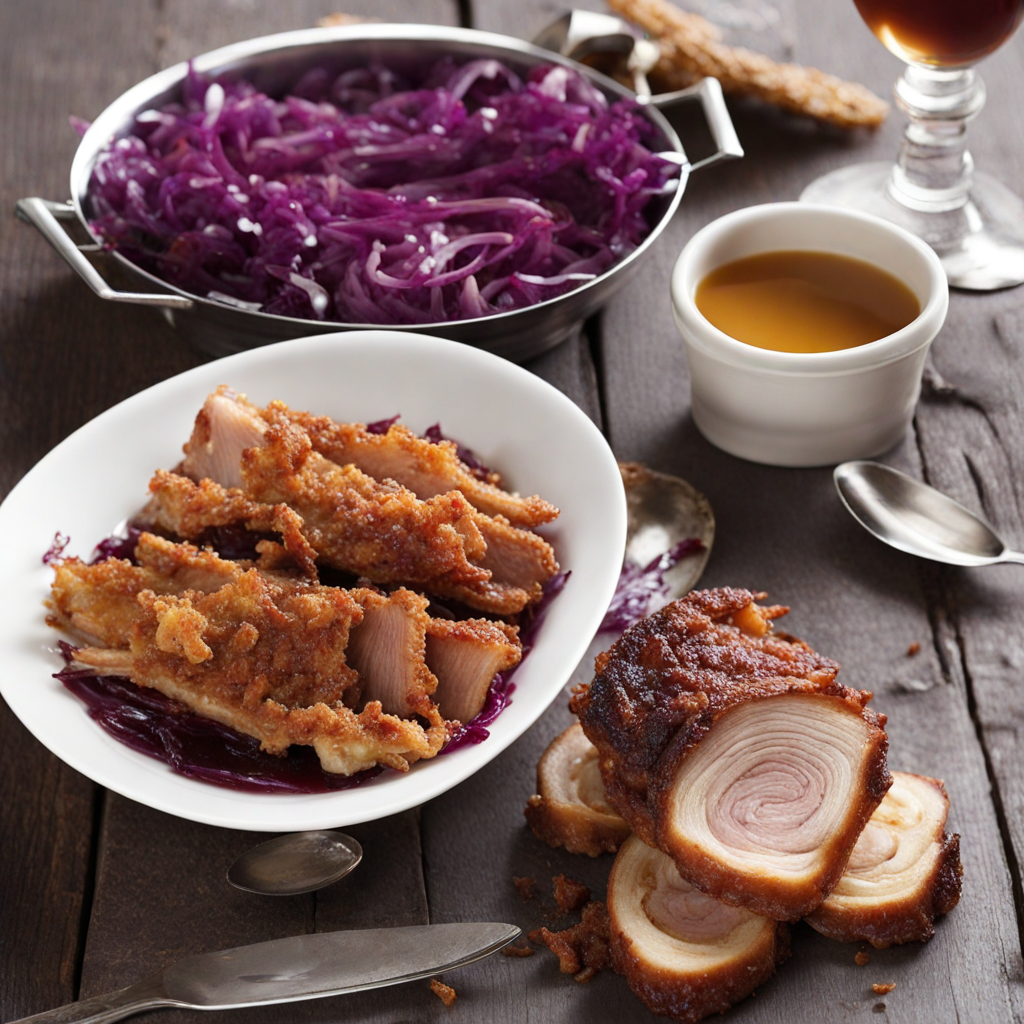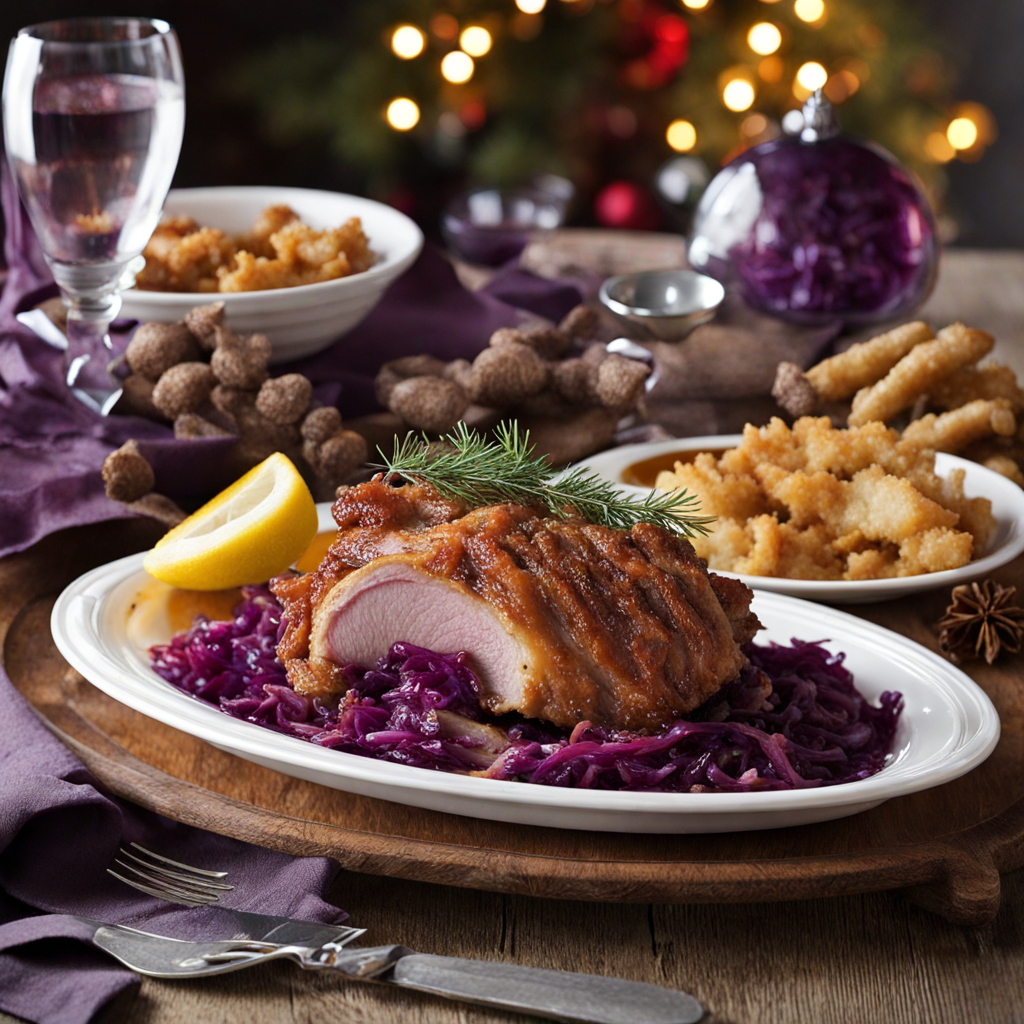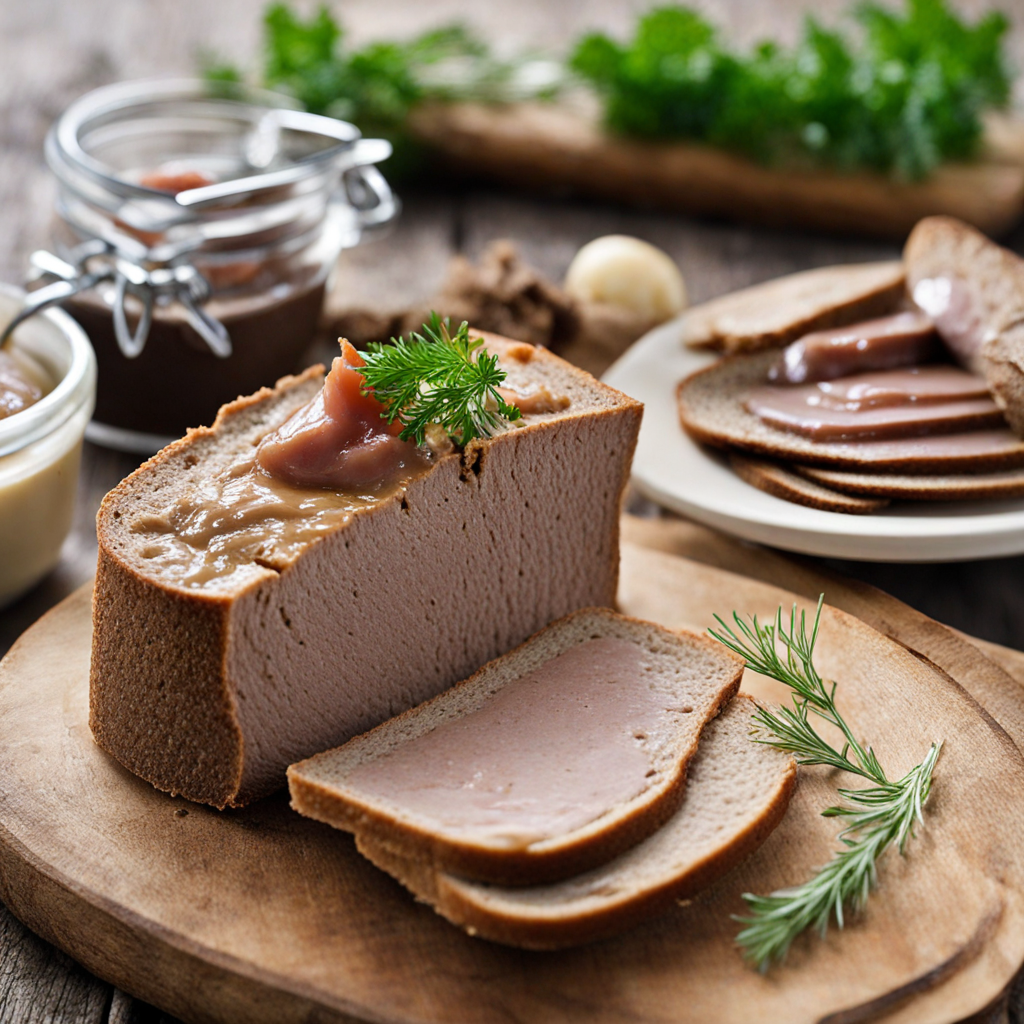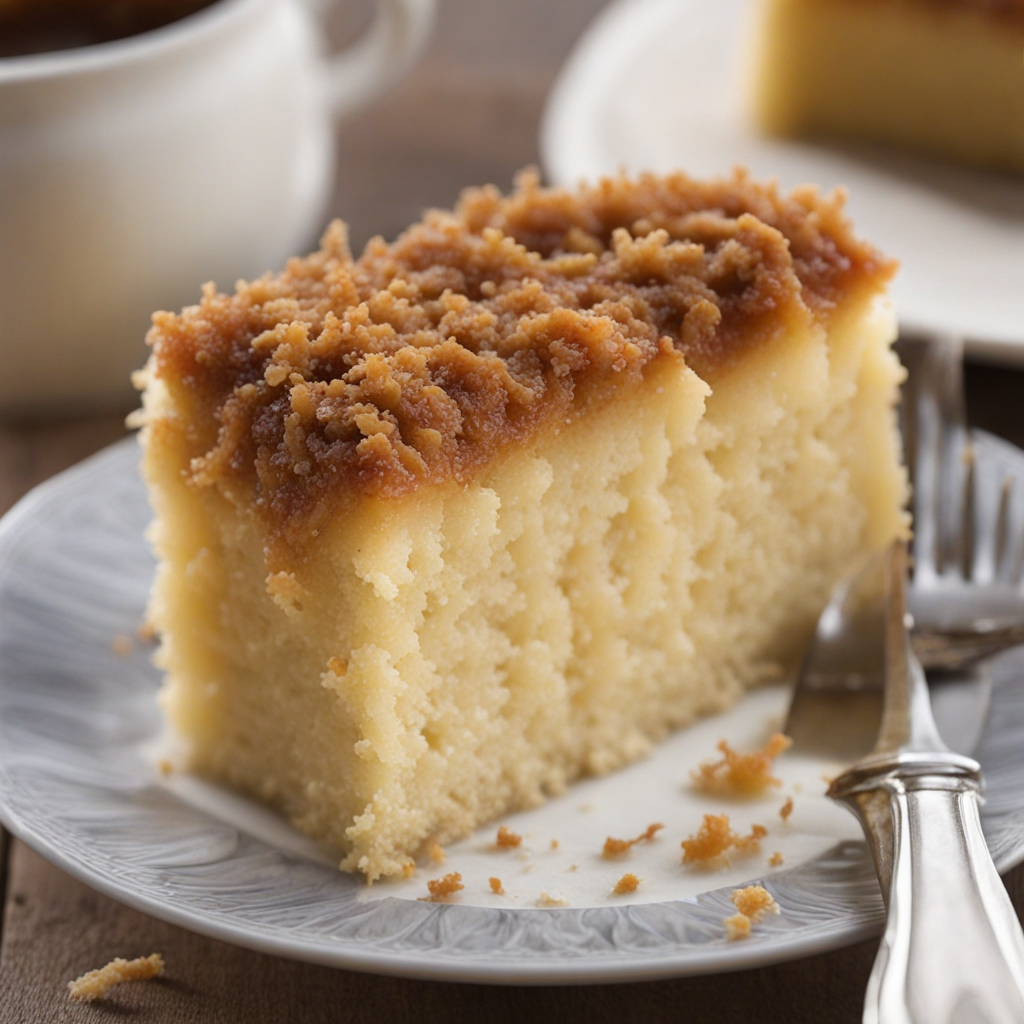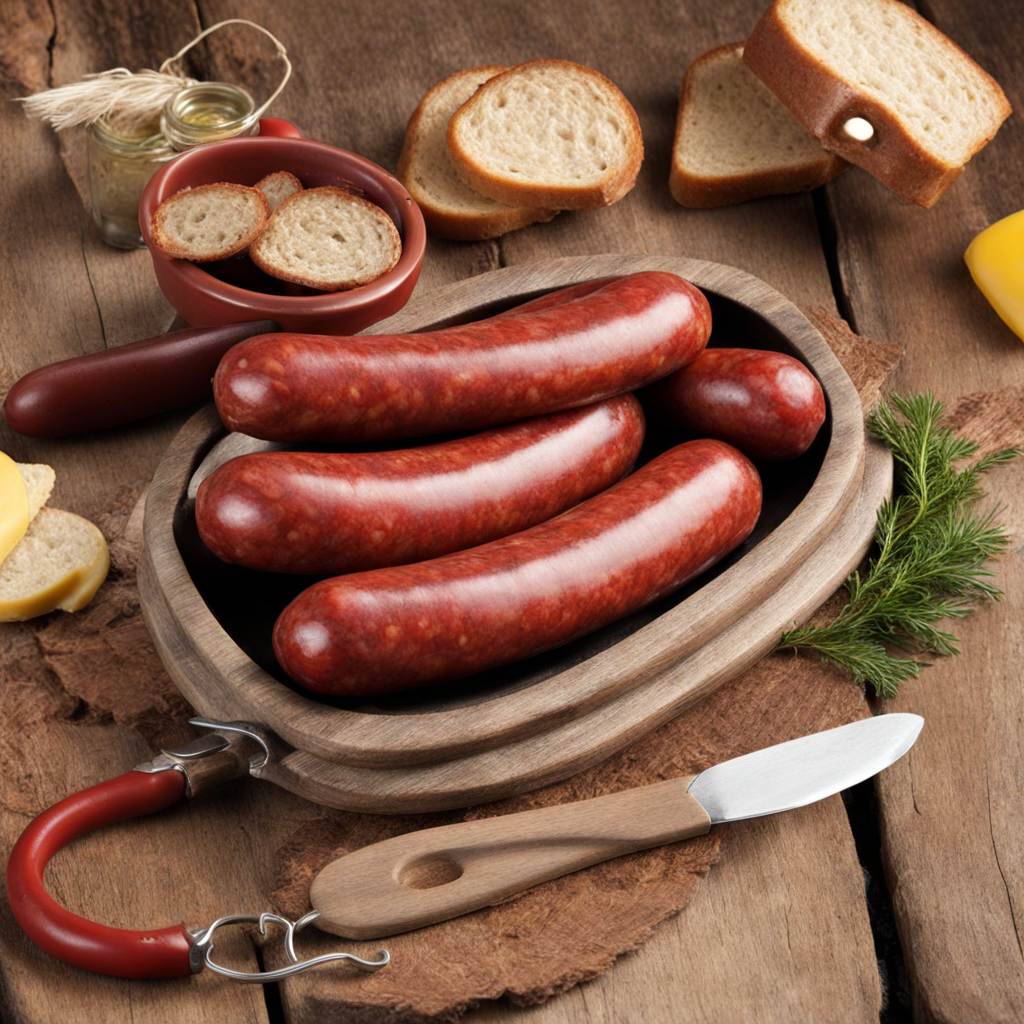Flæskesteg
Flæskesteg, a beloved staple of Danish cuisine, is a succulent roast pork dish that embodies the rich culinary traditions of Denmark. This mouthwatering dish typically features a piece of pork loin, often with the skin left on, which is crucial for achieving that signature crispy crackling. The pork is seasoned generously with salt and sometimes a blend of spices like bay leaves or cloves, enhancing its natural flavors. Once roasted to perfection, the meat becomes tender and juicy, while the skin transforms into a delightful crunchy layer that adds a satisfying texture to each bite. The preparation of Flæskesteg involves a careful roasting process, where the meat is cooked slowly to allow the fats to render, resulting in a moist interior. The crackling is achieved through high heat towards the end of the cooking, which creates a golden-brown crust that is both visually appealing and tantalizingly crispy. Traditionally, Flæskesteg is served with a rich gravy made from the pan drippings, which complements the pork beautifully and enhances the overall flavor profile of the dish. This dish is often accompanied by classic Danish sides, such as caramelized potatoes, red cabbage, and sometimes a tangy apple sauce, creating a harmonious balance of flavors and textures on the plate. Flæskesteg is a dish that not only represents Danish comfort food but also brings people together during festive occasions like Christmas and family gatherings. Its robust flavors and inviting aroma make it a perfect choice for anyone looking to explore the delightful tastes of Denmark.
How It Became This Dish
Flæskesteg: A Culinary Tradition of Denmark Flæskesteg, a succulent roasted pork dish, holds a special place in Danish cuisine and culture. With its crispy crackling and tender, juicy meat, this beloved dish is a testament to Denmark's culinary heritage, reflecting both its agrarian roots and its evolution through centuries of social and cultural change. #### Origins The origins of Flæskesteg can be traced back to the rural traditions of Denmark. The word "flæsk" refers to pork, specifically the fatty parts of the animal, while "steg" translates to roast. The dish likely emerged as a way for Danish farmers to make use of the whole pig, a practice that was common in agrarian societies. In the past, pigs were often raised for their meat, which provided a crucial source of sustenance for families. Historically, pork has been a staple protein in Denmark, where the climate is well-suited for pig farming. Records suggest that the tradition of roasting pork dates back to the Viking Age (circa 793-1066 AD), when pigs were prized for their flavor and versatility. The Vikings, known for their seafaring and raiding, would have appreciated the ease of preserving pork through salting and curing, which allowed them to sustain themselves on long voyages. As Denmark transitioned from a predominantly rural society to an urban one, the preparation of Flæskesteg became increasingly refined. By the 18th century, it was common for Danish households to roast pork for special occasions, using techniques that highlighted the meat's rich flavor. The dish became a symbol of abundance and hospitality, often served during festive gatherings and holiday celebrations. #### Cultural Significance Flæskesteg is more than just a dish; it is a symbol of Danish identity and communal values. Traditionally, it is served during Christmas, a time when families gather to celebrate, reflect, and share meals together. The dish is often accompanied by red cabbage, caramelized potatoes, and a rich gravy, creating a comforting and hearty meal that embodies the warmth of Danish hospitality. In Denmark, the preparation of Flæskesteg is often a family affair. Recipes are passed down through generations, with each family adding its unique touch. The making of Flæskesteg is not merely about cooking; it is an opportunity for families to bond over shared traditions and stories. The crispy crackling, a hallmark of a well-prepared Flæskesteg, is often a point of pride, with cooks striving for perfection in achieving that coveted crunch. Moreover, Flæskesteg has become a cultural icon that transcends the dinner table. It is celebrated in various forms of Danish art, literature, and even music, reinforcing its status as a symbol of national pride. The dish has also found its way into popular culture, appearing in cookbooks, television shows, and social media platforms where Danish culinary traditions are showcased. #### Development Over Time As Denmark's culinary landscape evolved, so did the preparation and presentation of Flæskesteg. In the 19th century, with the rise of the middle class and increased access to ingredients, the dish began to appear in more formal settings, such as restaurants and banquet halls. Chefs started to experiment with different flavors and techniques, incorporating spices and marinades that reflected the broader influences of European cuisine. One significant development in the preparation of Flæskesteg was the introduction of various cooking methods. While traditional roasting remains the most popular technique, modern adaptations have seen the dish prepared using sous-vide methods, slow cooking, and even barbecuing. These innovations have allowed chefs to explore new textures and flavors while maintaining the essence of the original dish. In recent years, there has been a renewed interest in traditional Danish foods, spurred by the New Nordic Cuisine movement. This culinary trend emphasizes sustainability, local ingredients, and a return to traditional cooking methods. Chefs and home cooks alike have embraced Flæskesteg as part of this movement, highlighting its cultural significance and historical roots. Farmers’ markets and local producers have begun to supply high-quality pork, allowing for a revival of traditional recipes using ethically sourced ingredients. The popularity of Flæskesteg has also extended beyond Denmark’s borders. In recent years, Danish expatriates and food enthusiasts around the world have sought to recreate this iconic dish, introducing it to new audiences. This globalization of Danish cuisine has led to various interpretations of Flæskesteg, showcasing its versatility and adaptability to different culinary contexts. #### Conclusion Flæskesteg is more than just a dish; it is a rich tapestry woven into the fabric of Danish culture and history. From its humble origins in the rural kitchens of Viking-era Denmark to its place on modern dining tables, Flæskesteg represents the resilience and creativity of the Danish people. As it continues to evolve and adapt, this beloved dish serves as a reminder of the importance of tradition, family, and community in culinary practices. Whether enjoyed during Christmas festivities or at family gatherings throughout the year, Flæskesteg embodies the spirit of Danish hospitality, inviting everyone to come together and celebrate the simple joys of good food and shared memories.
You may like
Discover local flavors from Denmark


